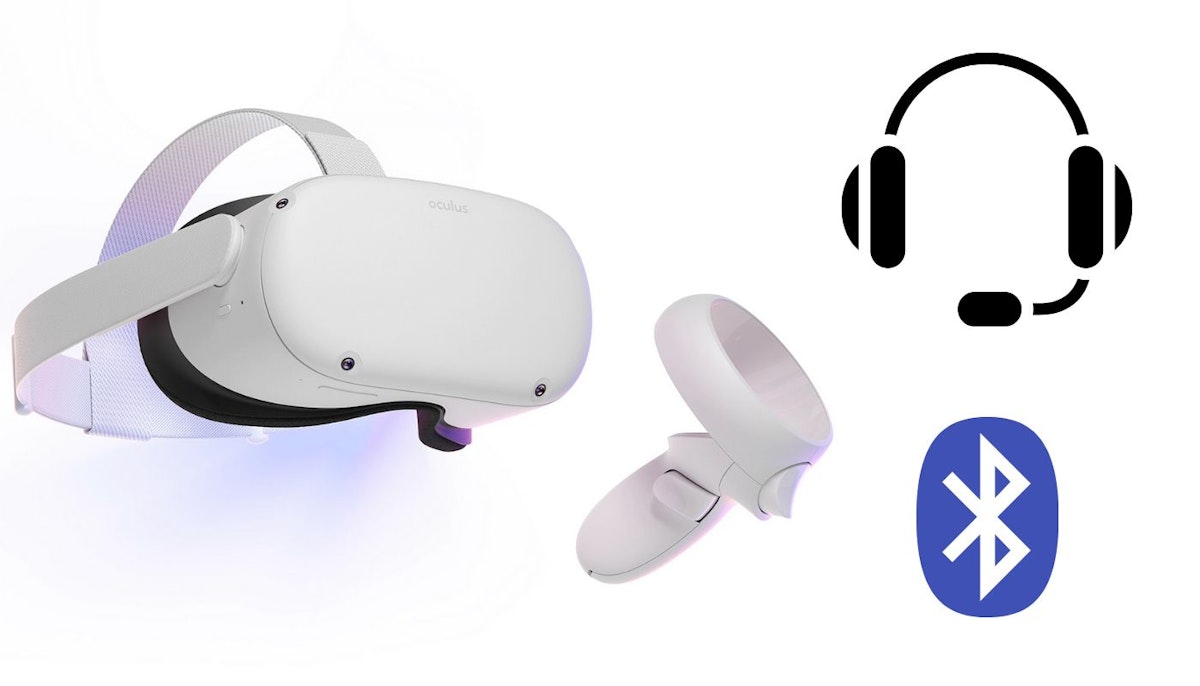25,646 reads
How to Connect Oculus Quest Bluetooth Headphones: No Latency

EN
Hacker Noon's VP of Editorial by day, VR Gamer and Anime Binger by night.
About @limarc
LEARN MORE ABOUT @LIMARC'S
EXPERTISE AND PLACE ON THE INTERNET.
EXPERTISE AND PLACE ON THE INTERNET.
L O A D I N G
. . . comments & more!
. . . comments & more!

